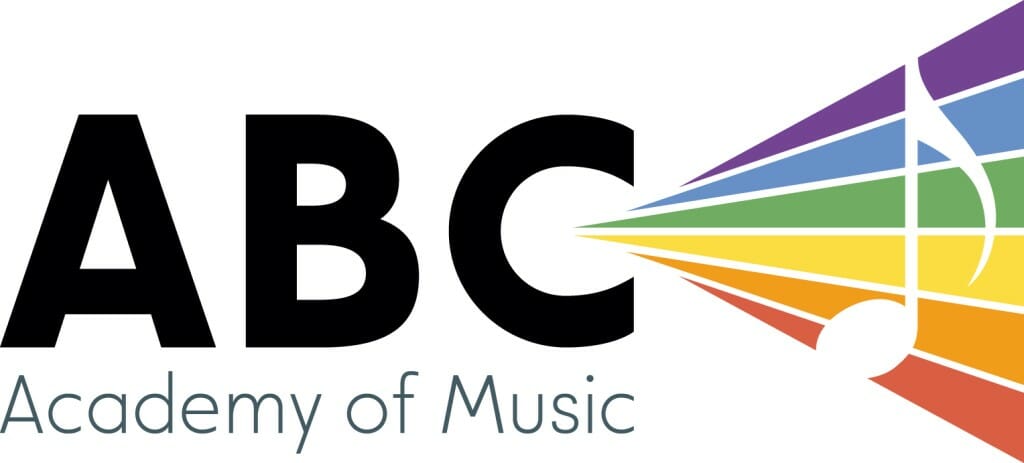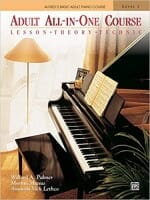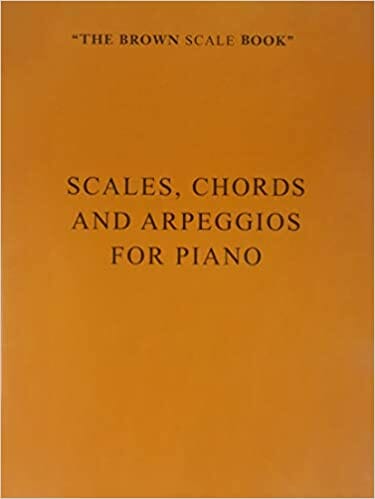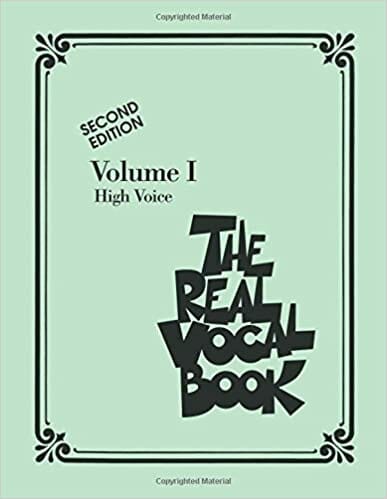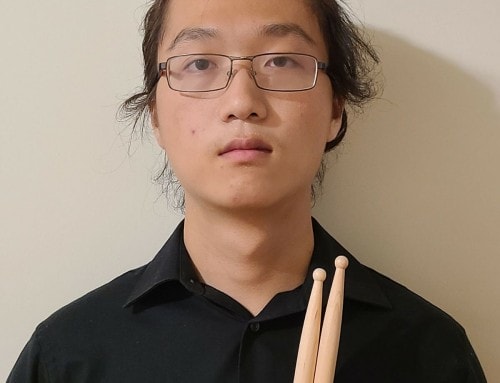B.Mus (Humber) in-progress
Adina is a singer-songwriter based in Toronto completing her Bachelor of Music degree at Humber College in vocal performance. Trained classically in piano since the age of 5, she has branched out into pop and jazz as well.
Vocally she is well-versed in many genres including jazz (she loves to scat!), musical theatre, pop, singer-songwriter, country, R&B, and acappella. She has 7 years of choir experience in both chamber and jazz styles. Adina has been writing and singing original songs since the age of 12, and has two singles as well as an EP out on all platforms under the artist name Adina V.
She has performed all across southern Ontario singing with the Toronto All-Star Big Band, as well as at various venues in the GTA with her own jazz duos and trios. As a member of the Cawthra Park Chamber Choir she performed at Roy Thompson Hall with the TSO for two years in a row. At Humber College she is part of the Vocal Jazz Ensemble led by Lisa Martinelli; this group performs advanced repertoire at events like the Ontario Vocal Jazz Festival.
Adina has been teaching music for the past 7 years and loves helping students meet their personal goals while fostering a love of music that lasts forever!
Get to know Adina…Beyond the Bio!
Hobbies: reading, puzzles, video games, painting
Musical Influences: Ella Fitzgerald, Nancy Wilson, Doris Day, Joni Mitchell, Taylor Swift, John Mayer
Favourite Food: Pad Thai
Least favourite food: eggplant
Favourite music: Indie rock and folk
Favourite song: All I Need by Jacob Collier ft. Mahalia & Ty Dolla $ign
Favourite movie: Matilda
Favourite movie music: The Pirates of the Caribbean theme
Favourite Musical: Dear Evan Hansen or The Last Five Years
Best Quote from your teacher: “It’s an amazing and wonderful experience to be able to be intentional about, in the moment, making music”
Favourite Quote: “Even as we are, we are becoming”
Favourite Book: The Girl With the Dragon Tattoo trilogy – Stieg Larsson
Best thing about teaching at ABC: Sharing and fostering a love of music with students of all ages
Latest Homework from Adina
Is Adina Your Teacher?
Sign up now to get your weekly assignments delivered, and never lose your homework sheet again!
Sunday, May 2nd, 2021
Sahil
Recommended minutes to practice: 15-20 minutes a day
What to practice: Baby Shark, Old MacDonald, C-D-E-F-G March, Men From Mars, Ode to Joy, Beyblade songs
How to practice it most effectively: For Baby Shark, play RH and LH together: LH’s chords are G major, then C major, then back to G major, then D major. This loops over and over again when you add the singing lyrics in. A bonus thing you can try is going back and forth between the major and minor versions of these chords. Remember that to make a major chord minor, we move the middle note down 1 semitone. For all the songs in your piano book, always double check which hand is meant to be playing. RH will have stems going up, while LH has stems going down. All of these songs (except Old MacDonald) are in C position. For Old MacDonald and Men From Mars, you can sing along once your piano part feels comfortable! Here is a good link for the Beyblade Burst Turbo song: only follow the RH part for now from 0:14-0:46. Changing the speed from 1x to 0.75x is also very helpful when starting out.
Nathalia
Recommended minutes to practice: 10-15 minutes a day
What to practice: Rockin’ Robin
How to practice it most effectively: This week we started Rockin’ Robin. Please play the first section (until bar 8) hands together. The LH part is just 5ths, with ties (so you don’t have to replay the dotted half note F and C). Please use the sayings for LH spaces (All Cows Eat Grass) and RH spaces (FACE) to help you with sight reading. RH is always going back to that top Eb. Continue swinging your eighth notes long-short as we did with Runaround Sue.
Sina
Recommended minutes to practice: 10-15 minutes a day
What to practice: C position warmup hands together, Playing in a New Position, Sailing, Skating, and Wishing Well
How to practice it most effectively: For the warmup, both hands will have C as the bottom note (for LH this means finger 5 is on C). Try walking up C-D-E-F-G then back down, making sure both hands are always on the same letter. In all your other songs, please double check which hand is meant to be playing! RH will have stems going up, while LH has stems going down. We learned a new time signature (3/4, meaning there are 3 beats per bar), and a new note (dotted half note which holds for 3 beats). Make sure you’re counting either in your head or out loud!
Tuesday, May 4th, 2021
Anaya
Recommended minutes to practice: 10-15 minutes a day
What to practice: Up to the Moon, C Position on the Grand Staff, Row Row Row, finishing up #5 on page 47.
How to practice it most effectively: Up to the Moon will be a warmup song this week – play it once with your RH and once with your LH! It’s in C position and the pattern is up-down-up for the first line and down-up-down for the second line. C Position on the Grand Staff uses the same notes we’ve been playing with before, just written on the grand staff (treble and bass clef together). Please watch out for repeated notes. Row, Row, Row will be our main song this week: RH’s starting note is C and LH’s is G. You can use the opposite hand to point along while the other hand is playing so you can really watch the direction of the melody. Remember to still be doing the different counts for quarter, half, and whole notes!
Saskia
Recommended minutes to practice: 10 minutes a day
What to practice: “woo woo woo” warmup, do-re-mi up AND down the scale warmup, My Favourite Things
How to practice it most effectively: The “woo woo woo” warmup is the same as last week: single note, go through the “w” 3 times and hold the last note for a couple of counts. For the do-re-mi warmup, the syllables are do-re-mi-fa-sol-la-ti-do (and reverse on the way down). Use your piano app to help you on the way down! We start on C5 and play the white keys all the way down to C4. For My Favourite Things, remember that you don’t have to speak/sing everything exactly like Julie Andrews does (like the hard Ts for example), you can add your own style. The verses are softer/more playful and the chorus is big. For the big note on the word “feel”, please drop your jaw a little so there is some more space on the “ee” vowel. As always, go easy on your voice if you feel it start to crackle while practicing (rest and drink plenty of water!).
Gianna
Recommended minutes to practice: 15 minutes a day
What to practice: Songwriting – think of more lyric ideas AND play around in thumbs on C position on the keyboard
How to practice it most effectively: Today we decided we would write a song about Nature, which aims to teach people a lesson about the things we do and how they affect nature. A line we spoke about being the end of our chorus is: “Nature will always finds its way”. Our chorus will have the main lesson/broad idea and the verses will have specific examples. When playing around on piano to find a melody, our thumbs share C, and each hands’ fingers spread out one per note. C is our home note, so try to end phrases on it and things will feel nice and complete. Next week we will combine more lyric ideas and pick some melody ideas too.
Ken
Recommended minutes to practice: 15 minutes a day
What to practice: Sword Dance, In an Old Castle (student page)
How to practice it most effectively: For Sword Dance, the rhythm is the most important part – eighth notes and quarter notes need to be distinct. You can’t play the quarter notes too fast or else the eighth notes will be impossible to play. Make sure you’re thinking of the “and” beats inbetween the 1-2-3-4 beats. In an Old Castle should all be played legato (connected). We use our finger muscles to do this, not the pedal. In this song the hand are playing in unison, which means they always play the same letters at the same time!
Steve
Recommended minutes to practice: 15 minutes a day
What to practice: Spring, Pirate of the North Sea
How to practice it most effectively: For Spring, please isolate bars 4-5 and 10-11 with RH once before playing the whole song through. We want the F# to hold the full beat so we hear the difference between eighth notes and quarter notes. Continue to do your counting and articulation. For Pirate of the North Sea, be really careful with the 1, 2 and 3 rhythm in the intro (bars 1-2) and outro (bars 21-22). Again, eighth notes and quarter notes should be distinct.
Gabe
Recommended minutes to practice: 15-20 minutes a day
What to practice: Theme from Frere Jacques, Porcupine Dance
How to practice it most effectively: For Frere Jacques, try playing it once the minor/sad version (as written) and then once the major/happy version. The major version will use F# and B natural instead of F natural and Bb. You can play this song hands together from the get go! Please go a little slower in bars 5-6 so the eighth notes and quarter notes between hands line up correctly. For Porcupine Dance, put bars 1-4 hands together. Notice how your thumbs are always one step apart, side by side. Work on getting all the notes staccato.
Isaac
Recommended minutes to practice: 15-20 minutes a day
What to practice: Relay Race, Pyranese Melody, and pages 69-7o in the theory book
How to practice it most effectively: For Relay Race, please focus on the 2nd half, noticing how almost all notes in the melody are moving in steps. In bars 10 and 14, make sure LH is playing that Bb quarter note staccato and counting the full 2 beats before coming in with the rest of the bar. For Pyranese Melody, we will do the whole song hands separately this week. Since it is hands separately, try following the staccato versus legato articulation. In bars 9-12, even though there’s no written fingers, just use a 5-finger position.
Wednesday, July 7th, 2021
Diya
Recommended minutes to practice: 15 minutes a day
What to practice: 5-note vocal warmup (plus piano), Happy, Young Hunter
How to practice it most effectively: For this new vocal warmup, start in C position and play 1-2-3-4-5; move up through D, E, etc. until you reach A position. You’ll notice that for D, E, F, and A positions you’ll need to add either some sharps or a flat – use your ear to guide you until you reach the major sound! You can do this warmup on a “da-da-da” vowel. For Happy, in the breakdown section please only sing the lyrics that are not in brackets – the brackets are for the background vocals. In the chorus, the third line goes quickly very high for the start of “clap along if you feel like happiness is the truth”. Make sure you’re taking big belly breaths between each chorus line since we’d prefer to not breath in the middle of the phrase. For Young Hunter, try playing each hand separately once before putting them together – watch out for your steps and skips, and use your sayings and finger numbers in position to help you.
Dvorah
Recommended minutes to practice: 10 minutes a day
What to practice: C major scale, All My Friends, Bells of Great Britain
How to practice it most effectively: For the C major scale, please play one hand at a time going up: LH’s fingering is 5-4-3-2-1-3-2-1 and RH’s fingering is 1-2-3-1-2-3-4-5. See if you can make the scale as connected and smooth as possible by hanging onto one note until the next one presses down. You can still play All My Friends as a review piece – just remember to hold through the tied quarter notes for that beat instead of playing them again. Bells of Great Britain will be our main song this week. This piece uses your pedal! Hold it down for the whole piece so it sounds like bells. The first line has a repeat sign – the first time through the line you play f, which means loud, and the second time will be p, which means soft. In the second line your RH C and E moves up one octave, then two octaves!
Oliver
Recommended minutes to practice: 15 minutes a day
What to practice: Little River, Sailing in the Sun, Haunted Mouse
How to practice it most effectively: Little River you can use as a warmup song – work on getting the notes as legato as possible under the slurs. For Sailing in the Sun, you’re in the position where the thumbs are right side by side on B and C. There are many times where the slurs for connecting pass from one hand to the next. For the rests, please make sure there is silence in both hands for that one beat. For Haunted Mouse, the last detail to add in is the dynamics! Remember that f means loud and p means soft; in line three, try growing louder as you play the pattern.
Ken
Recommended minutes to practice: 15-20 minutes a day
What to practice: G major scale hands together, Court Dance (Rock version), and Looking Glass River
How to practice it most effectively: For the G major scale, finger 3s line up on B and E – these fingerings are the exact same as C major; the one difference is there’s an F#. Court Dance (Rock Version) can be a review song this week – do your best to make bars 3, 7, and 15 move in time with the rest of the song. In bars 9 to 12, note that the rhythm is all quarter notes, even with the held tie; as you noted, it’s not like the quick Jazz Blast rhythm. For the new song Looking Glass River, LH is doing the bottom-top-middle-top pattern for most of the song; watch for when it changes from a C major triad to the D-F-G shape. Since it’s your first week playing this one, don’t worry about dynamics yet. RH has a few major scales in this piece, but they’re always started on the 7 (so B in C major) – please do the 2-1 fingering there. If you’d like you can try transposing the first 8 bars to G major (try thinking in numbers to help you transpose!).
Linda
Recommended minutes to practice: 20 minutes a day
What to practice: Cool Groove, Pyrenese Melody, preliminary look at I’ll Be Seeing You
How to practice it most effectively: For Cool Groove, the last detail to add to really make it “groove” is the swing feel – see if you can count “1+2+3+4+” with the long-short, skipping counting to help you align the notes that come in on the “off” beats. There is really only one syncopated rhythm that comes back again and again: 1 and (two) and. Please continue to look at Pyrenese Melody, and see if you can play through some of the chords in I’ll Be Seeing You, making note of any questions you have for next week.
Preferred Books for Adina’s Students
Click to buy them here, and they’ll come right to your house! What could be easier?
Alfred's Basic Piano Library Lesson Book 1A
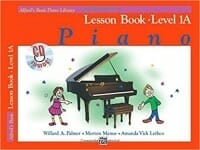
Alfred's Adult Basic All-In-One
Alfred’s Basic Adult All-in-One Course is designed for use with a piano instructor for the beginning student looking for a truly complete piano course. It is a greatly expanded version of Alfred’s Basic Adult Piano Course that will include lesson, theory, and technique in a convenient, “all-in-one” format. This comprehensive course adds such features as isometric hand exercises, finger strengthening drills, and written assignments that reinforce each lesson’s concepts. There is a smooth, logical progression between each lesson, a thorough explanation of chord theory and playing styles, and outstanding extra songs, including folk, classical, and contemporary selections.
The Brown Scale Book
This essential resource includes all major and minor scales, triads, arpeggios, dominant sevenths, and chromatic scales organized by key. A favorite for decades, The Brown Scale Book belongs in every student’s library.
The Real Vocal Book
The Real Vocal Book has many of the selections from Volumes 1 and 2 of the instrumental Real Books, but now with complete lyrics added to the pre-existing melody line. This edition features 300 essential songs arranged for low voice, including: Alfie * All of Me * Autumn Leaves * Bewitched * Bluesette * Don’t Get Around Much Anymore * Fever * Georgia on My Mind * Misty * Moon River * My Funny Valentine * Satin Doll * and more. Looking for a particular song? Check out the Real Book Songfinder here.
